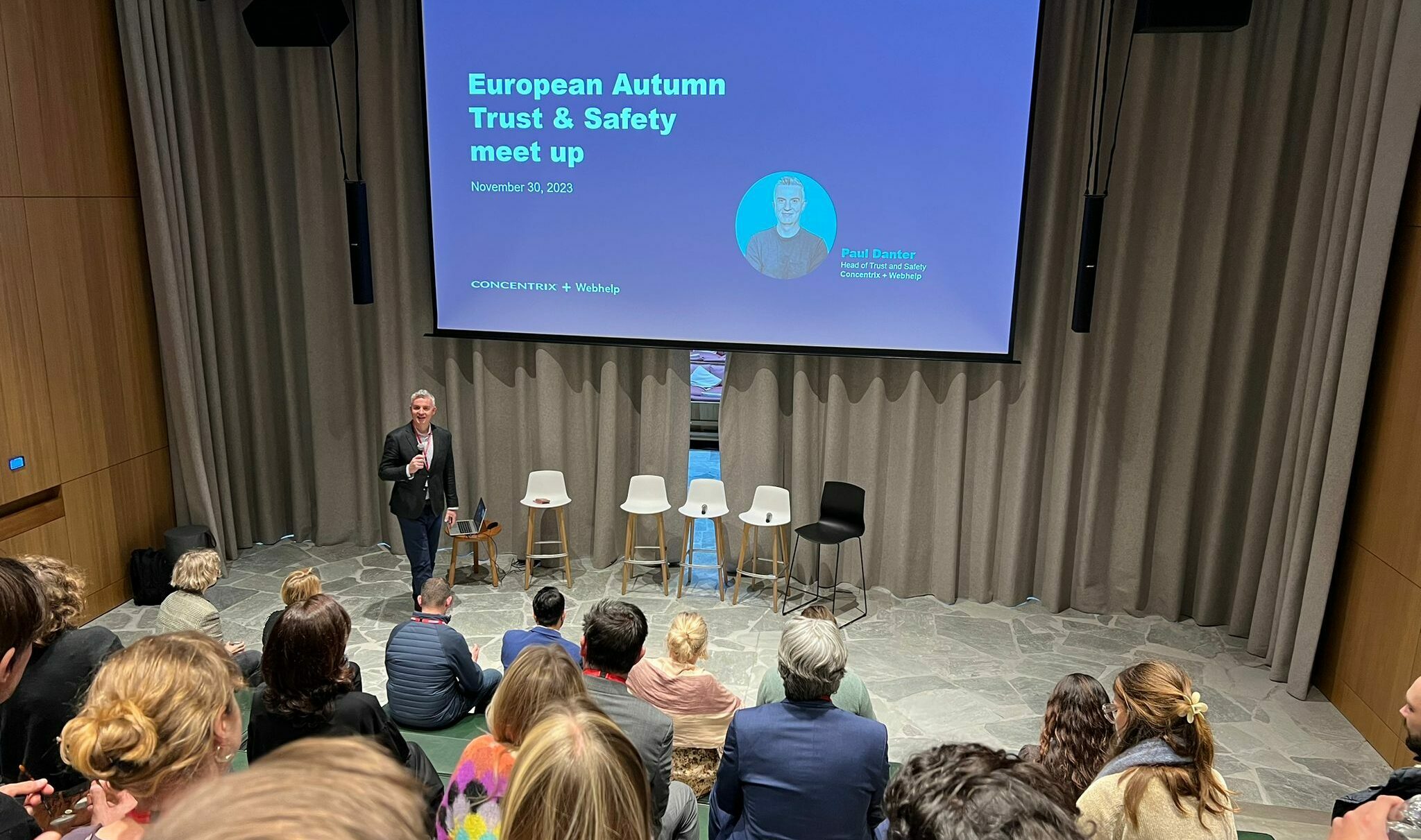In my past few blogs I have explored how the insurance industry is radically changing in the UK. In particular car insurance is leading the way with telematic technology allowing insurance companies to monitor customer behaviour in real time so that premiums can be more effectively priced.
In theory all this works for both customer and insurer. The insurance company gets a much more accurate picture of the risk they are taking on and the customer pays a realistic premium targeted at themselves, rather than just averaging out every different type of customer to create a premium that includes risky drivers.
The UK now has almost half a million cars with telematic devices and last year the growth in use was 40%. Globally we are still only talking about 1.5% of all insurance policies, but its growing fast. Insurance companies want to price their risk more effectively and, as I described in my last blog, this technology creates a win-win situation.
But there is an additional area where this technology helps industry – reducing fraud. The car insurance business has had to tolerate fraud since day one, from repairs being quoted at an inflated price to deliberate ‘cash for crash’ situations. In many cases, it is hard to refuse to pay a claim when there are no witnesses to an accident and when an accident is fraudulent there are unlikely to be witnesses.
Claims account for around 80% of insurance company costs. If fraudulent claims can be stamped out then premiums for genuine customers can be priced more realistically and handled more effectively.
Telematics devices capture an enormous amount of information about the behaviour of the driver, from acceleration to braking to cornering and speed. Most telematics devices can detect if a crash has occurred and will automatically inform the emergency services.
All this information about how the car has been used can be critical when a customer makes a claim. The insurer can crosscheck what the customer says against what really happened, because they can play back the data like a video recording of the accident. If medical claims are made against the insurance company, they can easily determine if the injuries are consistent with the recorded details of a crash.
This constant innovation in insurance is not only improving the customer experience and reducing premium prices, but making it easier to spot fraud too. Our latest white paper Insure Against Loss examines in detail the opportunities in the insurance sector. In this paper we will explore how delivering an exceptional customer experience can increase customer engagement levels and reduce customer churn.
Have you tried a telematic insurance system in your car? How has the experience been compared to your old car insurance? Please leave a comment below.

![[Fashion] Choosing the right partners to grow your business in 2024, at a time when trust is fragile](https://media.webhelp.com/wp-content/uploads/2023/12/21090253/Office-Showcase-2.png)


